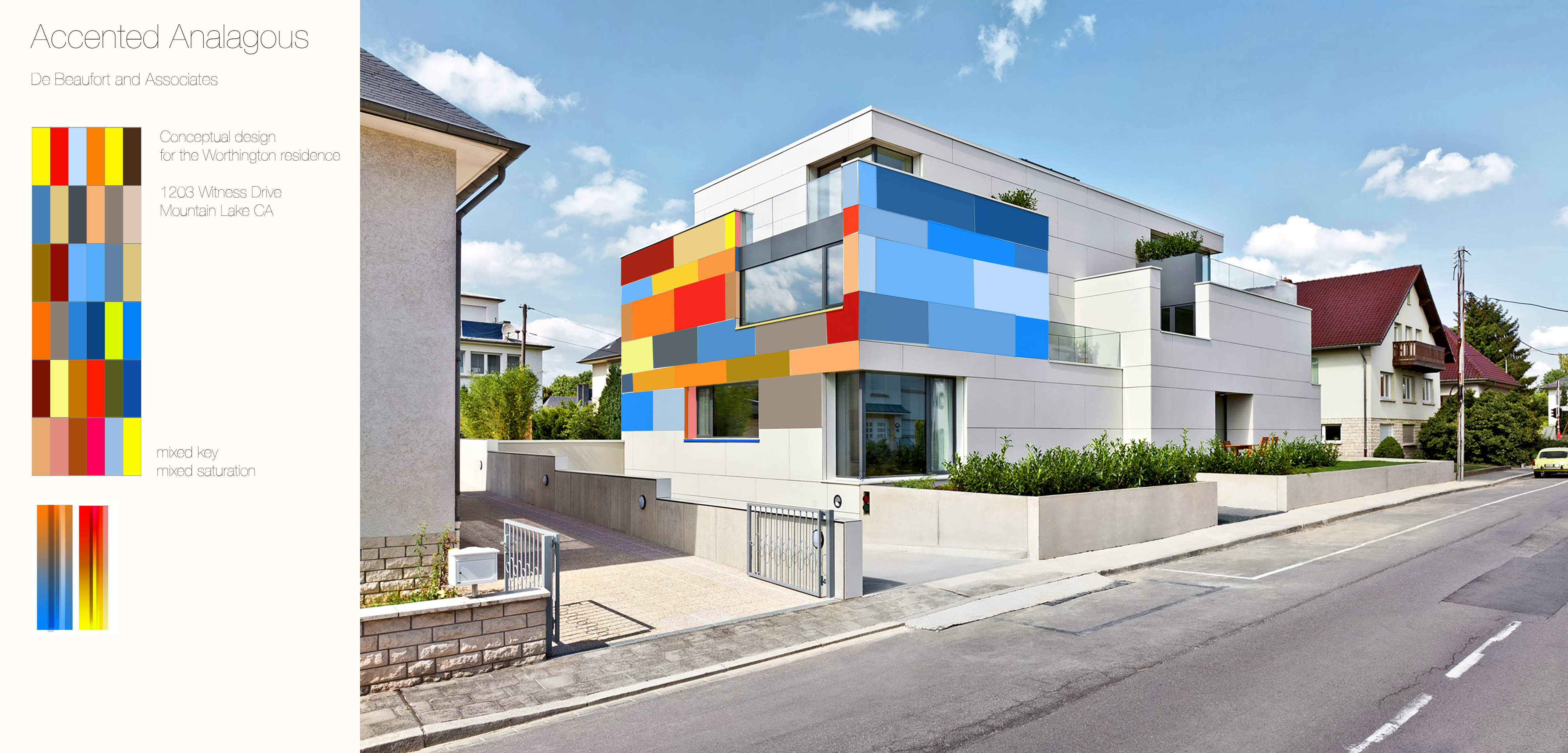Monochromatic- 1 hue
various intensities of same hue
Complementary- two hues directly opposite on the color wheel
various intensities of these hues
intermediate hues of various intensities created with the gradation of the two complements
Near Complement-two hues opposite each other on the color wheel, but slightly askew
various intensities of these hues
intermediate hues of various intensities created with the gradation of the two complements
Analogous- 3 adjacent hues
various intensities of these hue
TRIADS:
Classic Triad-3 equidistant hues on the color wheel
Accented Analogous -3 adjacent hues and the complement of the middle hue (
accent color)
various intensities of these hues
intermediate hues of various intensities created with the gradation of the two analogous colors and the
accent color
Split Complementary- an accented analogous without the middle analogous hue
various intensities of these hues
intermediate hues of various intensities created with the gradation of the split analogous hues and the accent color
TETRADS:
Classic Tetrad- 4 equidistant hues on the color wheel
Dual Complementary- two adjacent hues and their complements
various intensities of these hues
intermediate hues of various intensities created with the gradation of the two adjacent complements








